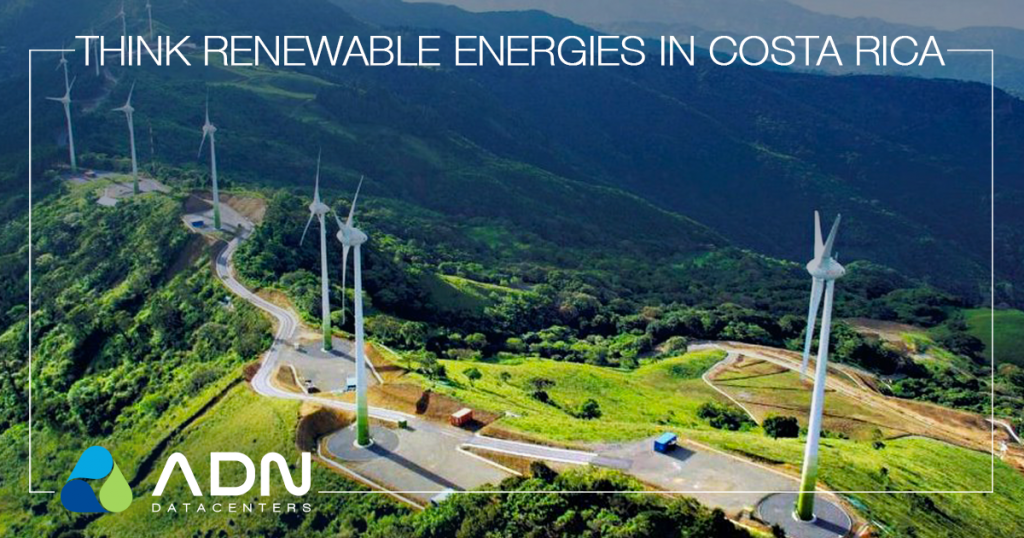Climate Change: how our use of Internet is challenging our future
For the past decade or so, our use of apps that run over the Internet has grown incredibly, reaching a point where we use them for almost all our day to day activities. From sending an email, sharing a picture using Instagram, watching a movie on Netflix or getting an UBER to move around town, Internet has become as precious as the air we breathe to go on with our lives.
What most people don’t realize, is that even though these technologies make our lives much enjoyable, all of them require enormous amounts of power to run properly, and are generating a huge carbon footprint around the word from the data centers that run all of these apps.
The entire Information Technology (IT) sector, which goes from powering internet servers to charging the smartphones we use to access data, is estimated to have the same carbon footprint as the aviation industry’s fuel emission. Did you know this?
It’s also estimated that watching a movie over the internet is roughly the same as having 2 to 3 old fashioned incandescent light bulbs on. Now multiply that by the millions of users of YouTube, Vimeo or Netflix around the world.
A way to mitigate this effect, would be to have data centers around the world use renewable, cleaner energies that help reduce the carbon footprint for the sector, something that has begun to be a priority for companies like Google, Facebook, Apple and others.
ADN Datacenters is very proud to say that its home country (Costa Rica) has one of the best renewable energy matrixes in the world, and thanks to this, it has been able to operate its data center with renewable energies during almost 100% of the time for the past 4 years, enabling its customers to provide lower emission services to the world.
